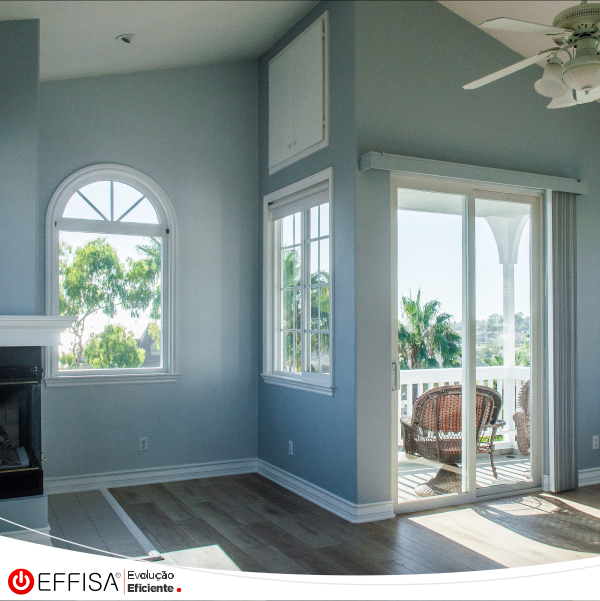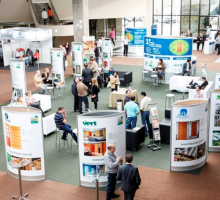The global profile market
Profiles are essential components in constructions and decorations, and the most common materials used for their fabrication are wood, PVC, and aluminum. Each of these materials has specific characteristics and different treatment processes.
Wood profiles are treated to increase their durability and improve their appearance. Treatment methods include plastering, laminating, and painting, as mentioned earlier. These profiles are widely used in decorations and constructions of rustic and cozy environments.
PVC profiles are resistant to moisture and corrosion, making them ideal for humid environments with high salinity incidence, such as coasts and coastal regions. Additionally, they have easier maintenance, as they do not require painting or varnishing. These profiles are widely used in windows, doors, and building facades.
Aluminum profiles are durable and corrosion-resistant, making them ideal for outdoor environments with high humidity and salinity incidence. They are also lightweight and flexible, allowing the manufacture of profiles with different shapes and designs. These profiles are widely used in doors, windows, facades, and metal structures.
Regarding profile exports, the global market is constantly growing. According to the MarketsandMarkets report, the global profile market is expected to grow from $26.3 billion in 2020 to $40.8 billion in 2025, with a compound annual growth rate of 9.2%.
The report also shows that the Asia-Pacific region is the largest market for profiles, followed by Europe and North America. Additionally, the construction sector is the main consumer of profiles, with the growing demand for sustainable and technologically advanced constructions driving the market.
In summary, wood, PVC, and aluminum profiles are used in constructions and decorations worldwide. Each material has specific characteristics and different treatment processes. The global profile market is constantly growing, with the Asia-Pacific region leading the market and the construction sector being the main consumer of these products.
The Brazilian profile market is also significant, especially due to the large number of residential, commercial, and industrial constructions taking place in the country.
According to the Brazilian Association of PVC Profile Manufacturers (ABRAFPE), the Brazilian market for PVC profiles grew by approximately 15% in recent years, driven by the demand for more sustainable and efficient constructions. The aluminum profile market also grew by about 8% in the same period, according to the Brazilian Aluminum Association (ABAL).
In summary, the Brazilian profile market is significant and constantly growing, with a high demand for wood, PVC, and aluminum profiles. The growing concern with the sustainability and energy efficiency of constructions drives the PVC profile market, while the durability and corrosion resistance of aluminum profiles make them ideal for outdoor environments.







